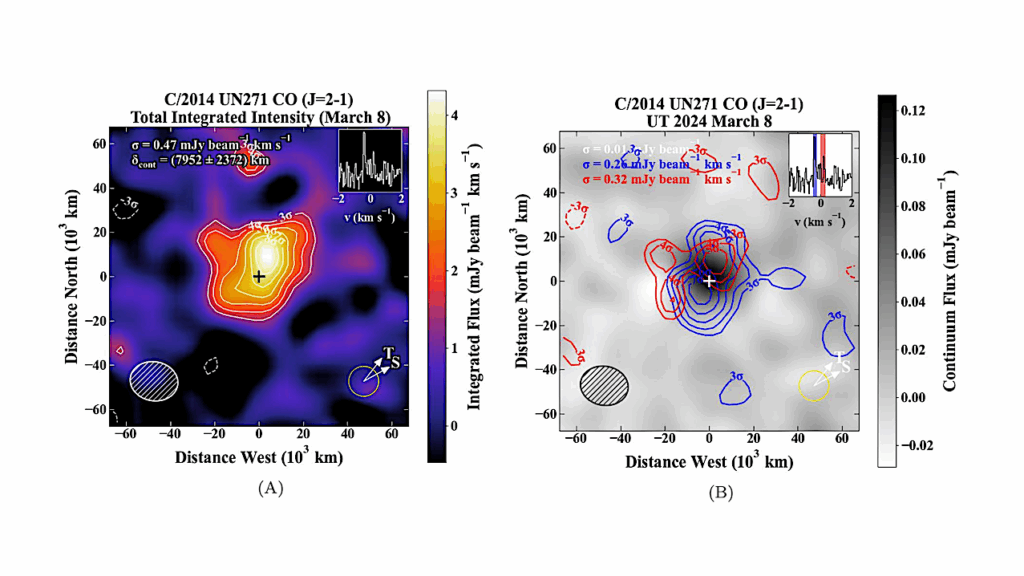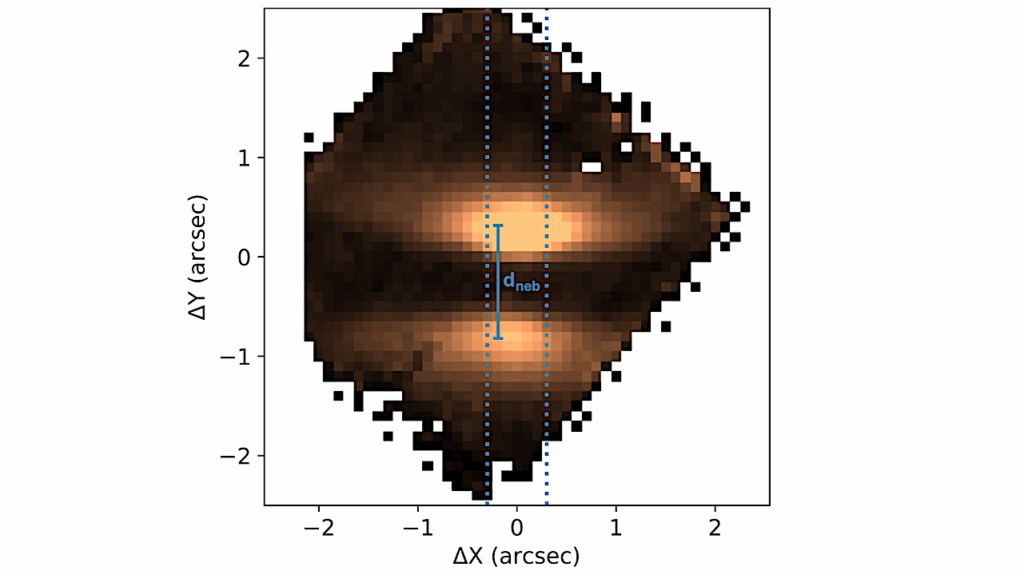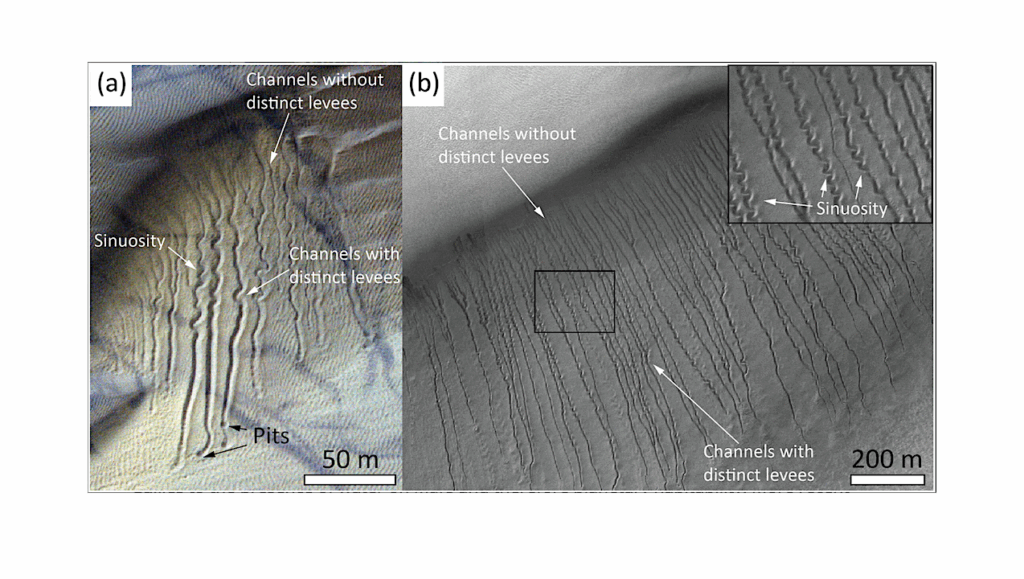Finding Iron's Role In Life on Early Earth
When life began on Earth, iron may have done the job of magnesium, making life possible.
On the periodic table of the elements, iron and magnesium are far apart. But new evidence discovered by NAI’s team at the Georgia Institute of Technology suggests that three billion years ago, iron did the job magnesium does today in helping Ribonucleic acid (RNA), a molecule essential for life, assume the molecular shapes necessary for biology.
The results of the study were published online on May 31, 2012 in the journal PLoS ONE.
There is considerable evidence that the evolution of life passed through an early stage when RNA played a more central role, doing the jobs of DNA and protein before they appeared. During that time, more than three billion years ago, the environment lacked oxygen but had lots of available iron.
“One of the greatest challenges in astrobiology is understanding how life began on Earth billions of years ago when the environment was very different than it is today,” said Carl Pilcher, director of the Astrobiology Institute at NASA’s Ames Research Center, Moffett Field, Calif. “This study shows us how conditions on early Earth may have been conducive to the development of life.”
In the new study, researchers from the Georgia Institute of Technology, Atlanta, used experiments and numerical calculations to show that under early Earth conditions, with little oxygen around, iron can substitute for magnesium in RNA, enabling it to assume the shapes it needs to catalyze life’s chemical reactions. In fact, it catalyzed those reactions better with iron than with magnesium.
“The primary motivation of this work was to understand RNA under plausible early Earth conditions.” said Loren Williams, a professor in the School of Chemistry and Biochemistry at Georgia Tech and leader of the NAI team. “Our hypothesis is that RNA evolved in the presence of iron and is optimized to work with iron.”
Free oxygen gas was almost nonexistent more than three billion years ago in early Earth’s atmosphere. When oxygen began entering the environment as a product of photosynthesis, it turned Earth’s available iron to rust, forming massive banded iron deposits that are still mined today. When all that iron got tied up in those deposits, it was no longer available. The current study indicates that RNA then began using magnesium, resulting in life as we know it today.
In future studies, the researchers plan to investigate what unique functions RNA can perform with iron that are not possible with magnesium.
In addition to Williams, Georgia Tech School of Biology postdoctoral fellow Shreyas Athavale, research scientist Anton Petrov, and professors Roger Wartell and Stephen Harvey, and Georgia Tech School of Chemistry and Biochemistry postdoctoral fellow Chiaolong Hsiao and professor Nicholas Hud also contributed to this research.








